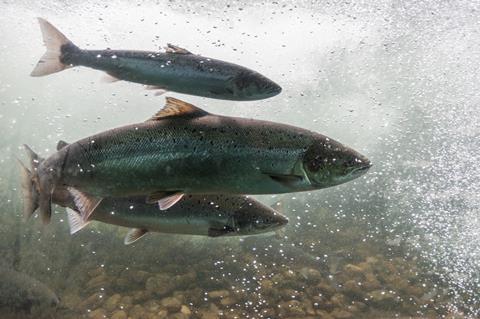
Compassion in World Farming has written to farmed seafood certification body The Aquaculture Stewardship Council to urge it to reverse its latest policy change on seafood welfare.
The ASC recently announced its policy on sea lice had changed, allowing millions of fish to suffer painful infestations before being treated, CIWF claimed.
The scheme had essentially relaxed acceptable levels for sea lice infestations as part of the change, CIWF suggested. And in Scotland, the move could mean a five-fold increase in infestations as a result.
The ASC had previously defined a maximum on-farm lice level of 0.1 mature female lice per farmed fish, during sensitive periods for wild fish. However, the requirement has now been changed to align with the jurisdiction standards of the country where the farm is situated.
In Scotland, the industry sets its own thresholds at an average of 0.5 to 1 adult female lice per salmon (depending on time of year), meaning more fish would suffer, CIWF warned.
“This policy change is deeply disappointing and represents a significant step backwards for the scheme,” said Dr Krzysztof Wojtas, head of fish policy at CIWF. “It will allow farms to lower their standards on sea lice and force millions of farmed salmon to endure more suffering through painful infestations.”
The animal charity said that sea lice “eat away at the fish causing painful open woods and injuries”, and are common in farmed fish due to the animals’ close confinement.
“The Aquaculture Stewardship Council should be improving its fish welfare standards to meet the expectations of consumers, not lowering the bar and allowing fish to suffer more,” he added.
The ASC certifies salmon farms around the world including in Scotland, Norway, Chile, Canada, Faroe Islands, Iceland, Japan, Denmark and Australia.
It contested the criticism made by CIWF.
In a statement, the ASC told The Grocer: “Since a strong rationale for using the previous metric level could not be found in scientific literature, an independent evaluation confirmed the [new] approach to using sea lice limits that reflect the lowest current action/trigger limits used by the different regions as a starting place for ASC’s regionally relevant sea lice limits and sensitive periods.”
It added there had previously been no requirements set for sea lice measuring methodologies. Therefore, “we consider this revision to be strengthening the verification mechanism on standard compliance”.
“The combination of revised indicators will deliver improved practice enabling protection of wild salmonids; and overall, the revised ASC Salmon Standard significantly improves the control mechanism once the metric limit is reached or exceeded,” it added.
The organisation explained it would also be enforcing strict measures on proper lice control which sends a “strong message to the industry to manage lice levels in a responsible manner”.
The ASC has said it will continue to review the standard every six months and it remains open to evidence.








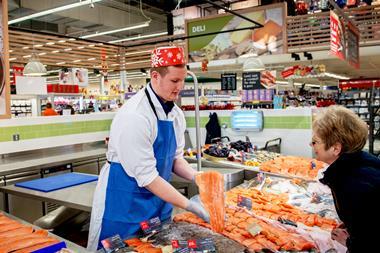
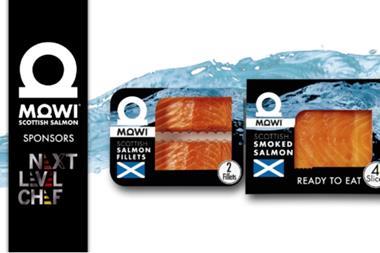
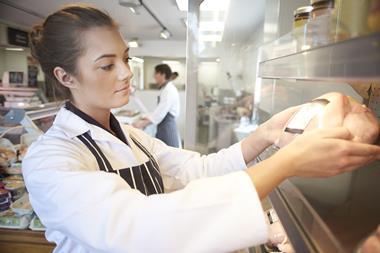
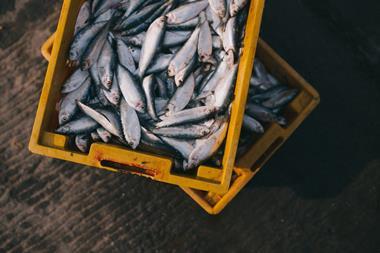





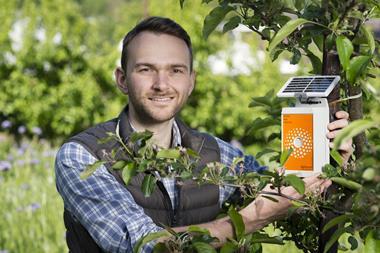

No comments yet